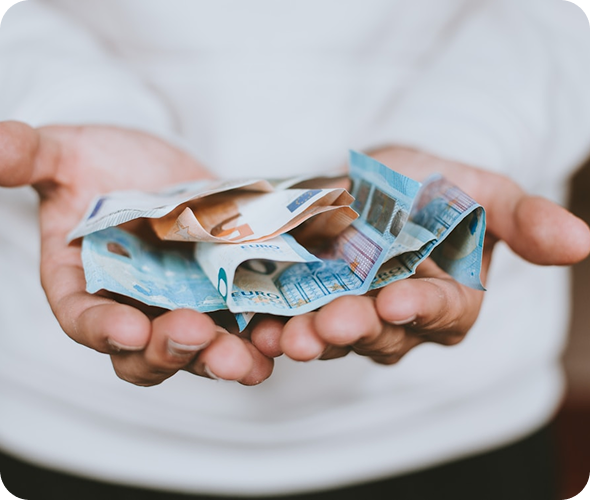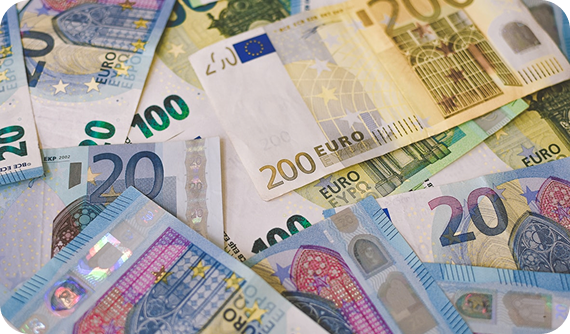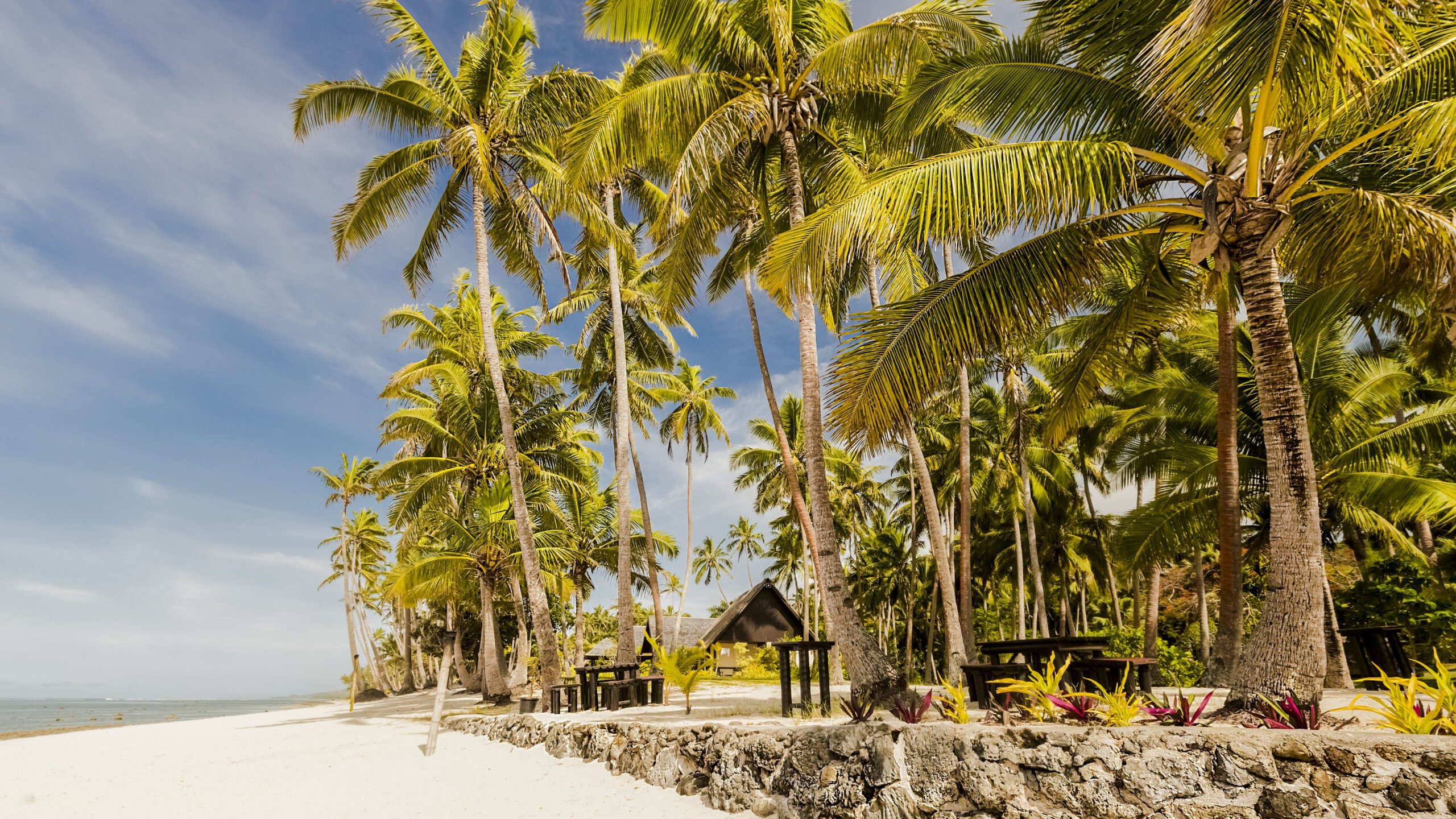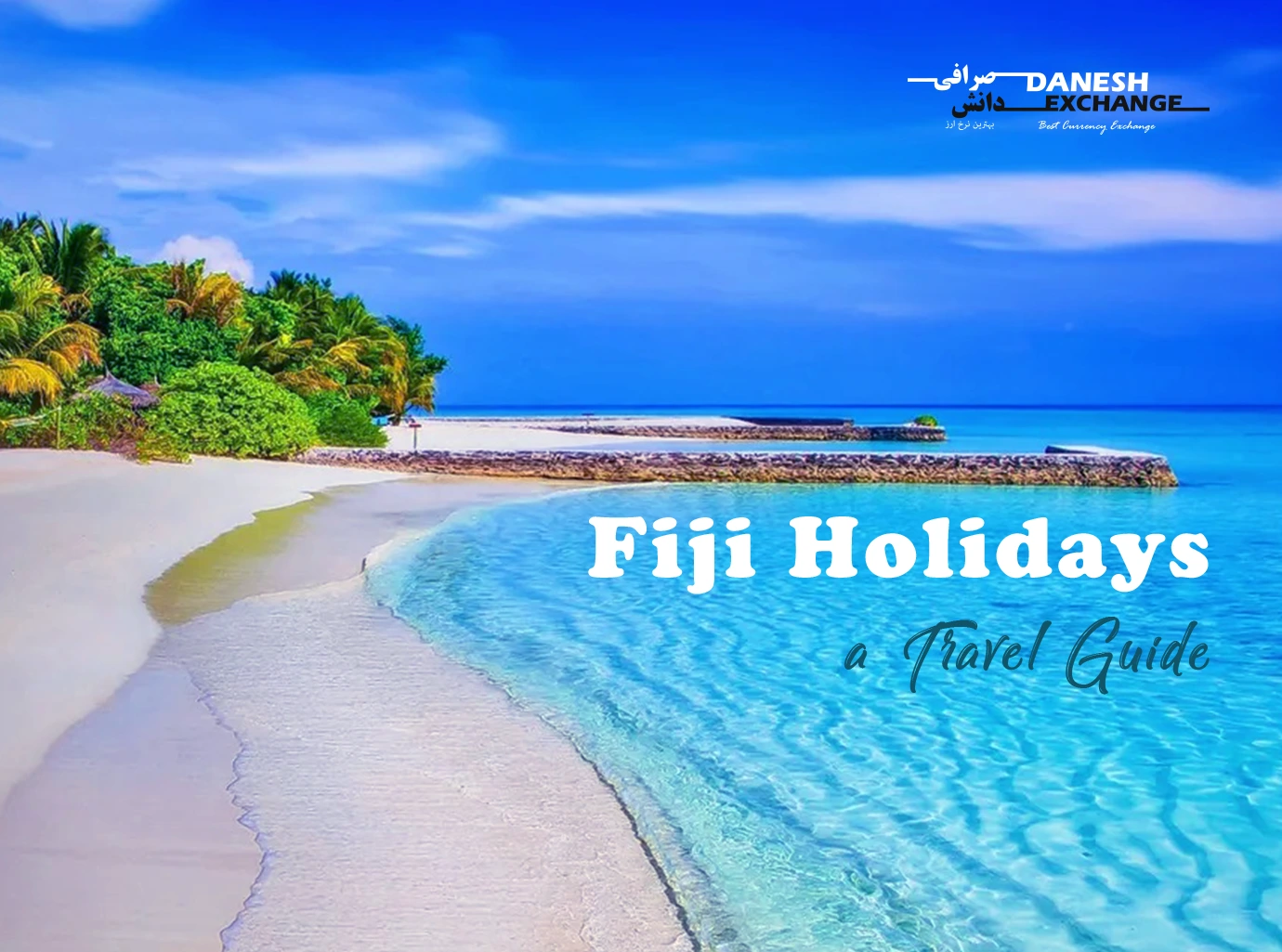
Introduction
Dreaming of turquoise waters, lush islands, and incredible hospitality? Whether you’re planning a romantic getaway, adventure-filled trip, or relaxing beach vacation, understanding Fiji’s currency system is crucial for a smooth journey.
Before traveling, check out Danesh Exchange for competitive exchange rates on Fijian Dollars (FJD)!
Fijian Currency: What You Need to Know
- Fiji uses the Fijian Dollar (FJD), represented by $.
- Banknotes come in denominations of $5, $10, $20, $50, and $100, with coins ranging from 5 cents to $2.
- Cash is essential, especially for rural areas and local markets.
Tip: Many island resorts accept credit cards, but small businesses and transport prefer cash, so convert your currency before arriving! lways double-check the zeros when paying to avoid mistakes!
Currency Exchange in Fiji: Where & How
Tip: Avoid exchanging money at airports—rates tend to be higher than local exchange services!
How Long Should You Stay & Budgeting for Your Trip to Fiji
Fiji offers something for every type of traveler, whether you’re looking for a weekend escape or a month-long island-hopping adventure. Here’s how to plan your stay and budget accordingly.
Short Trip (3–5 Days)
Budget: $1,500–$3,000 total
- Best for Nadi or Denarau Island.
- Focus on beach resorts, snorkeling, and cultural experiences.
- Savings Tip: Stay in budget beachfront bungalows rather than luxury hotels!
Standard Trip (7–10 Days)
Budget: $4,000–$8,000 total
- Covers Mamanuca Islands, Coral Coast, and Suva.
- Includes diving, boat tours, and Fijian village visits.
- Savings Tip: Exchange currency in advance to avoid extra fees on island ATMs!
Extended Trip (2–4 Weeks)
Budget: $10,000+ total
- Covers Vanua Levu, Taveuni, and lesser-known islands.
- Best for backpacking, surfing, eco-tourism, and diving.
- Savings Tip: Travel via ferries instead of flights between islands to cut costs!.
Estimated Costs Per Day in Fiji (Based on Travel Style)
| Expense Type | Budget Travelers ($150–$250/day) | Mid-Range Travelers ($300–$500/day) | Luxury Travelers ($800+/day) |
|---|---|---|---|
| Accommodation | Hostels, budget resorts | 3- to 4-star hotels | 5-star private island resorts |
| Food | Local seafood, market meals | Resort dining, traditional feasts | High-end restaurants, private chefs |
| Transport | Public buses, ferries | Private boats, taxis | Seaplane transfers, yacht rentals |
| Attractions | Free beaches, hikes | Diving, cultural tours | Private island excursions, VIP experiences |
Payment Methods: Cash vs. Cards vs. Mobile Payments
Fiji is primarily cash-based, but digital payments are growing.
Many ATM withdrawal fees are high, so it’s best to bring enough FJD in cash from a trusted exchange provider before landing.
Best Places to Visit in Fiji by Season
Fiji’s warm tropical climate makes it a year-round destination, but different seasons bring unique experiences.
Spring (March–May) – Diving & Whale Watching

Taveuni
Coral reefs, waterfalls, and rainforest hikes.

Yasawa Islands
Best whale-watching months.

Suva
Perfect time for cultural festivals.
Tip: Spring offers lower hotel rates before peak tourist season starts!
Summer (June–August) – Peak Season & Beach Escapes

Mamanuca Islands
Pristine beaches and luxury resorts.

Savusavu
Fiji’s hidden hot springs paradise.

Coral Coast
Best family-friendly resorts and activities.
Tip: Book accommodations early, as hotels fill up fast in peak season!
Autumn (September–November) – Off-Season Tranquillity

Kadavu
Undisturbed natural beauty for relaxation.

Pacific Harbour
Adventure capital for shark diving.

Vanua Levu
Best time for eco-lodges and rainforest trekking.
Tip: Fewer tourists = discounted room rates and less crowded beaches!
Winter (December–February) – Rainy Season & Hidden Gems

Nadi & Denarau
Best shopping and nightlife.

Koro Island
Secluded beach resorts with few crowds.

Sigatoka Sand Dunes
Dramatic landscapes in cooler months.
Tip: December brings festive celebrations, perfect for authentic Fijian experiences!
- Spring
-
Spring (March–May) – Diving & Whale Watching
Taveuni
Coral reefs, waterfalls, and rainforest hikes.
Yasawa Islands
Best whale-watching months.
Suva
Perfect time for cultural festivals.
Tip: Spring offers lower hotel rates before peak tourist season starts!
- Summer
-
Summer (June–August) – Peak Season & Beach Escapes
Mamanuca Islands
Pristine beaches and luxury resorts.
Savusavu
Fiji’s hidden hot springs paradise.
Coral Coast
Best family-friendly resorts and activities.
Tip: Book accommodations early, as hotels fill up fast in peak season!
- Autumn
-
Autumn (September–November) – Off-Season Tranquillity
Kadavu
Undisturbed natural beauty for relaxation.
Pacific Harbour
Adventure capital for shark diving.
Vanua Levu
Best time for eco-lodges and rainforest trekking.
Tip: Fewer tourists = discounted room rates and less crowded beaches!
- Winter
-
Winter (December–February) – Rainy Season & Hidden Gems
Nadi & Denarau
Best shopping and nightlife.
Koro Island
Secluded beach resorts with few crowds.
Sigatoka Sand Dunes
Dramatic landscapes in cooler months.
Tip: December brings festive celebrations, perfect for authentic Fijian experiences!
Final Travel & Currency Tips


Conclusion
Fiji offers unforgettable travel experiences, and smart currency planning ensures a stress-free trip.
For the best rates and seamless transactions, visit Danesh Exchange before flying!




